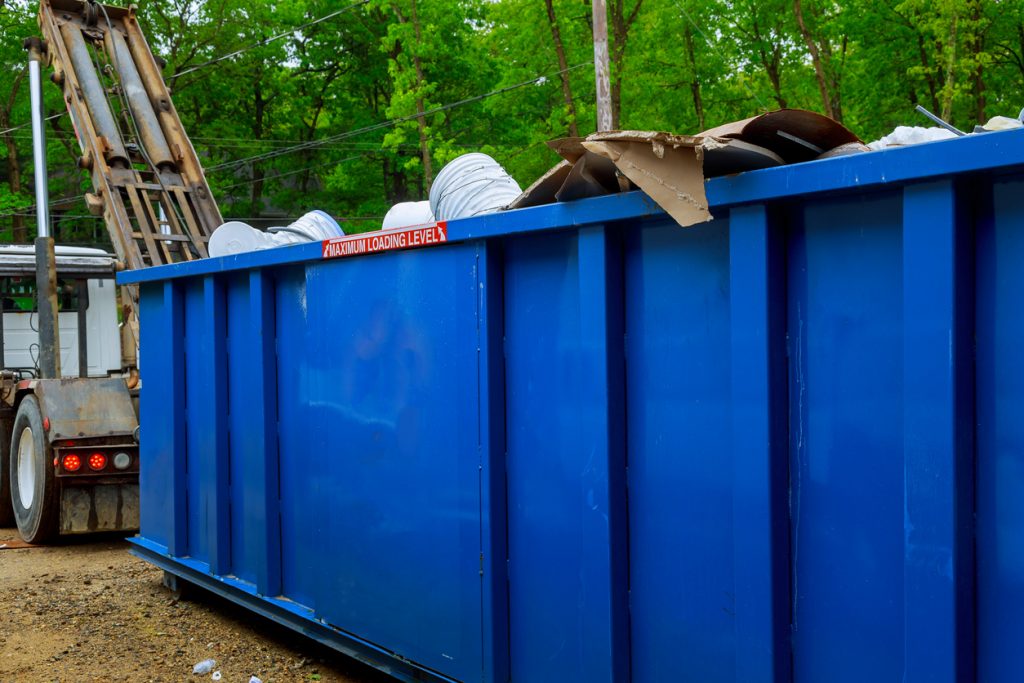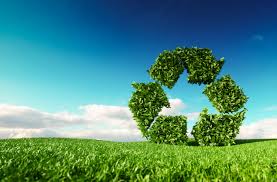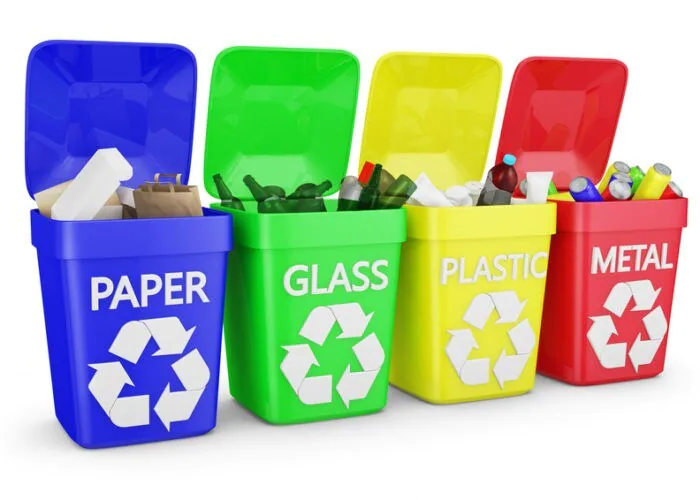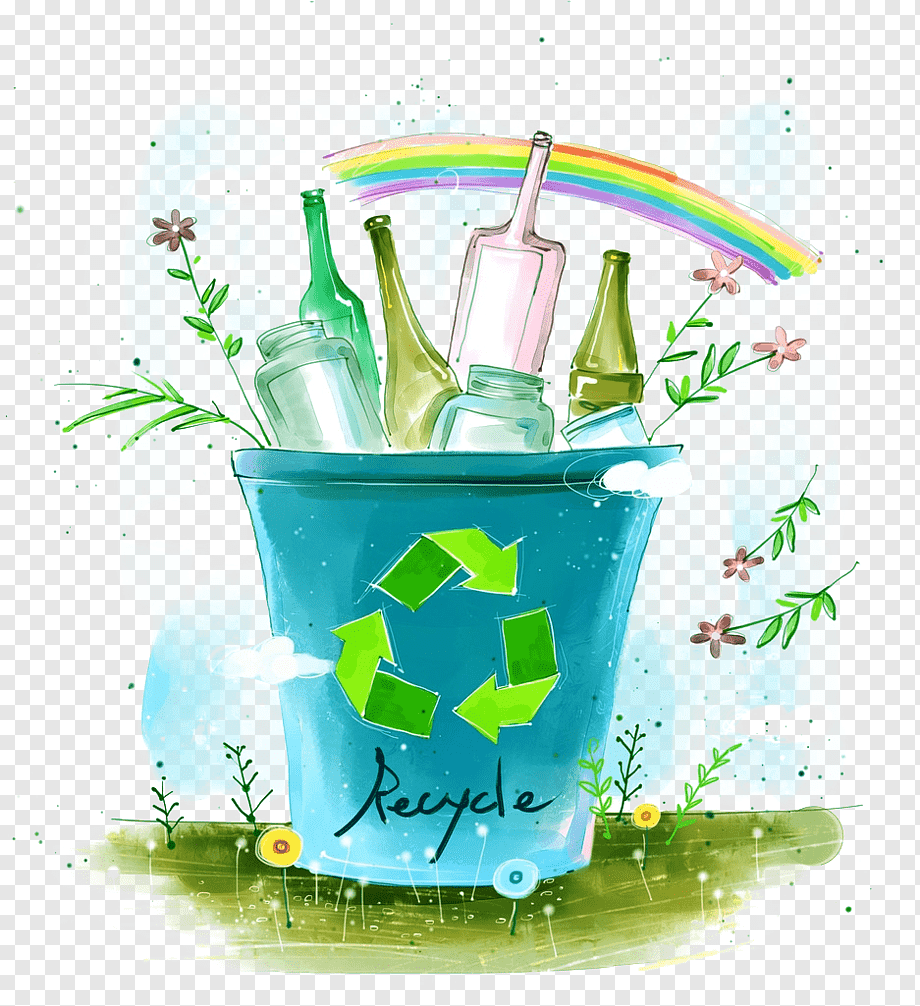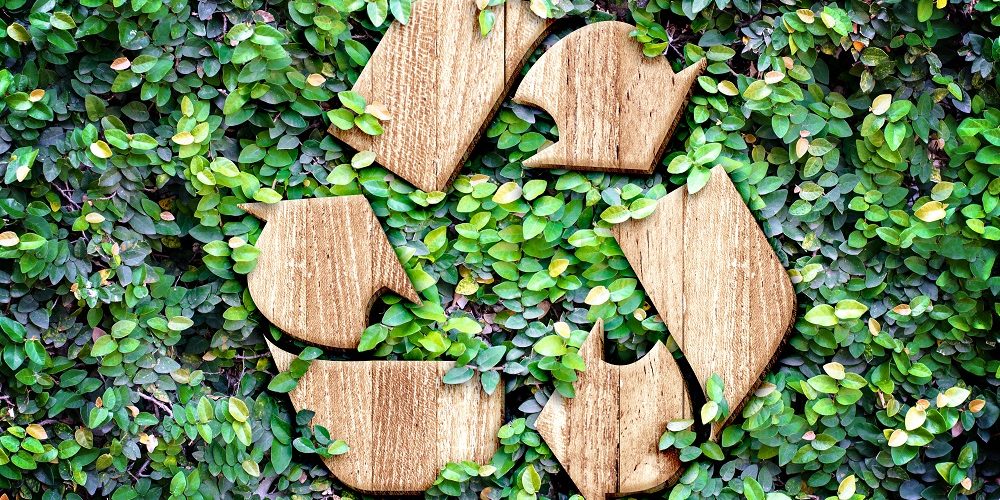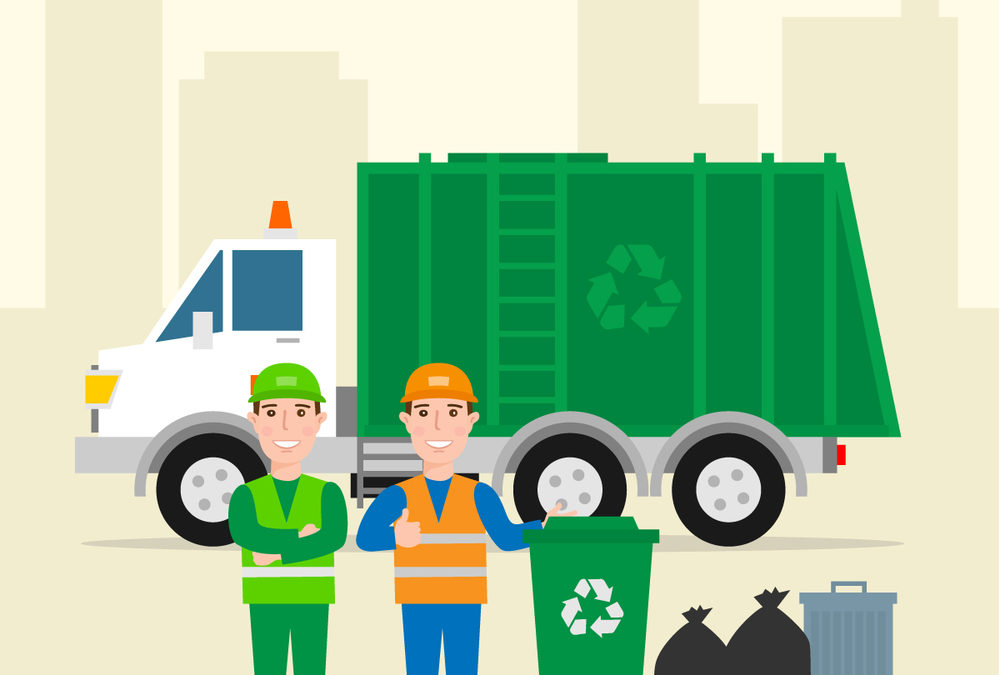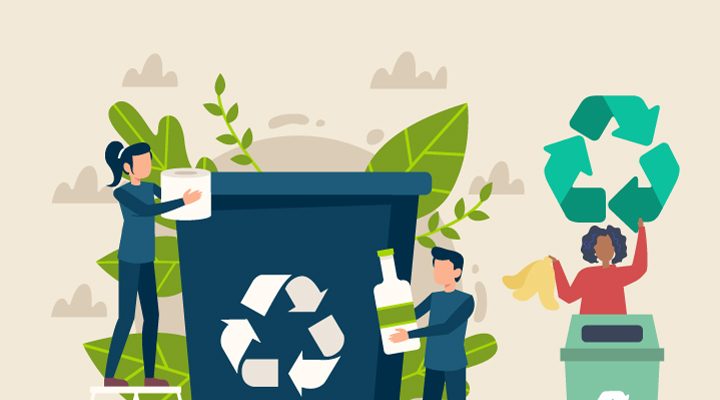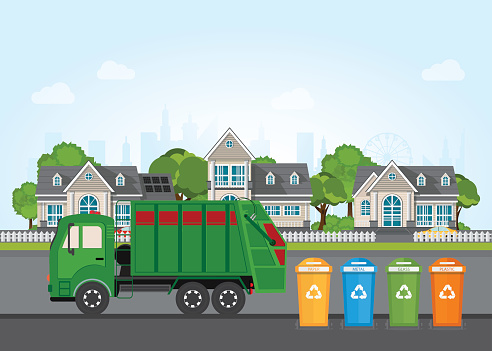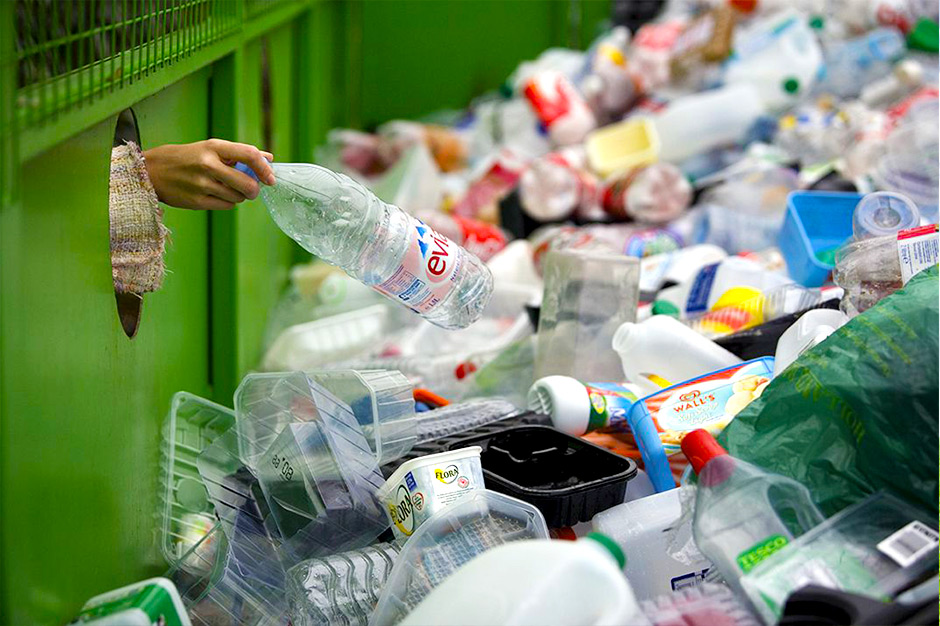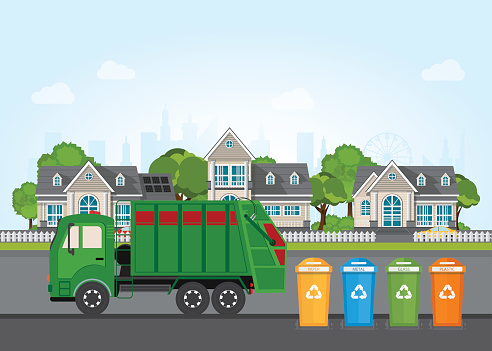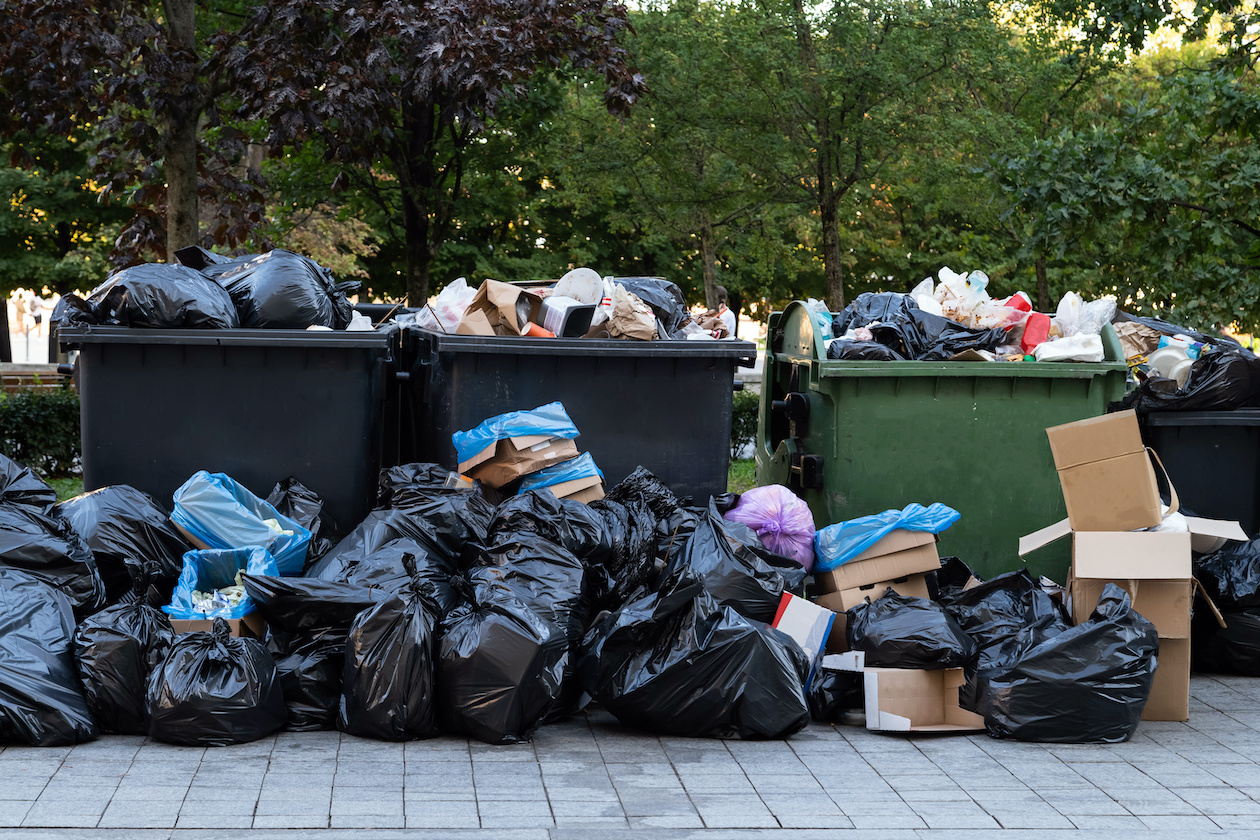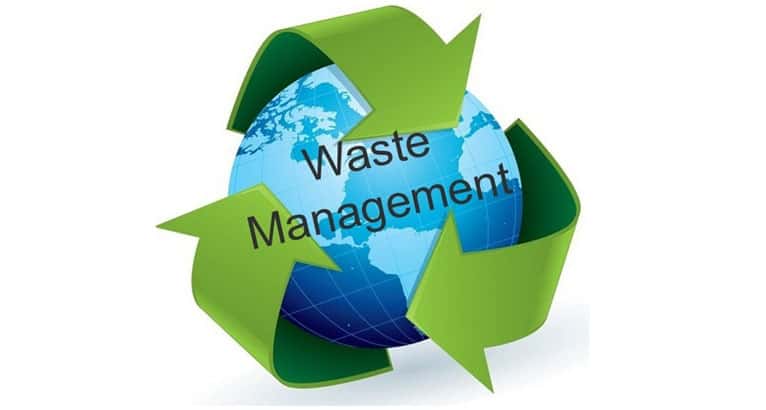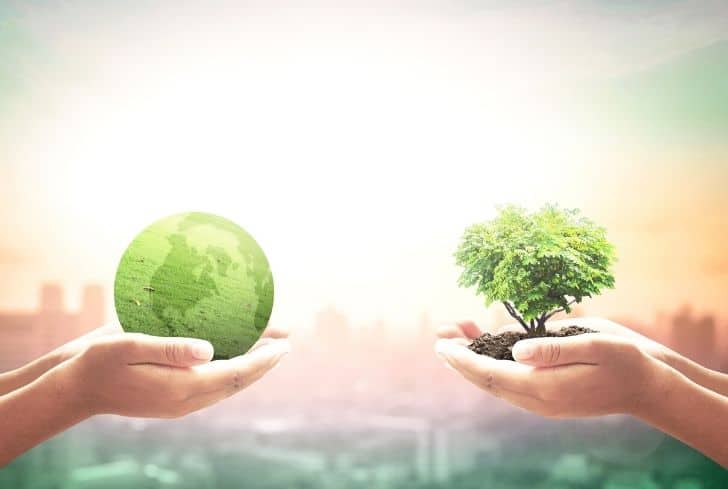Renting Dumpster In USA
The sizes of these bins range from 10-yard dumpsters to 40-yard bins. Roll-off dumpsters are good for big jobs like building or cleaning up a lot of trash. A container with rubber wheels is the second most common type. These are great for moving things around and cleaning up small areas. There are different sizes of these bins, but most of them are 15 to 20 yards. Rubber-tired dumpsters are often used for jobs that are more useful and easier to park in tight or hard-to-reach places.
Wheeled dumpsters
Roll-off containers, also known as dumpsters, come in many different sizes and styles. They start with the small 10-yard dumpster, often used for concrete and soil, and move up to the 40-yard dumpster containers, which are great for trash, construction debris, and home items. The roll-off truck needs much room to drop off the roll-off dumpsters. Most of the time, the dumpster rental is put in front of your home or business.
Residential dumpsters
Renting a dumpster is a great option for residential construction projects like demolition, remodelling, renovation, water damage, home improvement, moving, roof replacement, and renovations. Our method is great for people who have never rented a dumpster before or don’t know much about how the process works. After we check them out, we only list qualified organisations to do your job, and there aren’t enough certifications and insurance for many businesses in the industry.
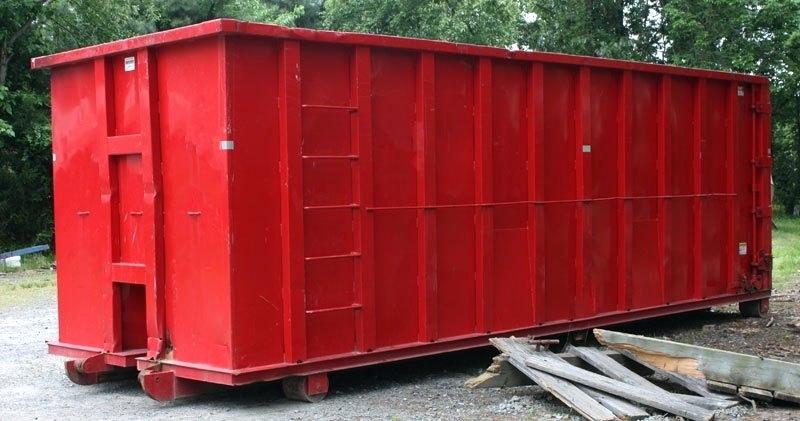
We check each dumpster rental company to ensure they have all the right paperwork and then put them on a list. We also ensure that all of the companion BinRentals.com are direct rental companies so that you pay the lowest possible price.
Roll-off bins for businesses
The dumpster rental businesses will help commercial areas that need to rent dumpsters, and businesses will get the fastest service and the best prices on the market. Businesses of all sizes can rent dumpsters, which is great for small businesses that need to get rid of old furniture, fixtures, displays, cabinets, flooring, panels, wood, building materials, and other important items for cleaning, remodelling, or improving events. When you call to rent a dumpster, ask all the questions you have about what you can put in them.
Construction
Many dumpster rental companies have a large number of containers so that construction companies can rest easily. Companies that rent dumpsters have trash bins of all sizes, can rent out multiple bins at once for any construction project and can switch out full bins for empty ones daily or as needed. Companies that rent dumpsters will take things like flooring, concrete, roofing, and debris from demolition.
Dumpsters with rubber tires easily park in your driveway or on your property. These dumpsters are safe for the asphalt, concrete, pavers, and the surrounding area. Even though these bins are smaller than roll-off containers, they’re great for small jobs.
Costs of renting a dumpster are
Most places of business have different prices. Most prices to rent trash cans that are smaller than 30 gallons start at $100. (i.e., 3 Yard Bin). You can compare the prices of trash rental companies to find the best deal. All of the businesses shown here have reasonable prices, which are affected by supply, demand, and time of year. You can contact the businesses and get answers to your questions by looking up your zip code. Customer happiness is what BinRentals.com is most proud of.
